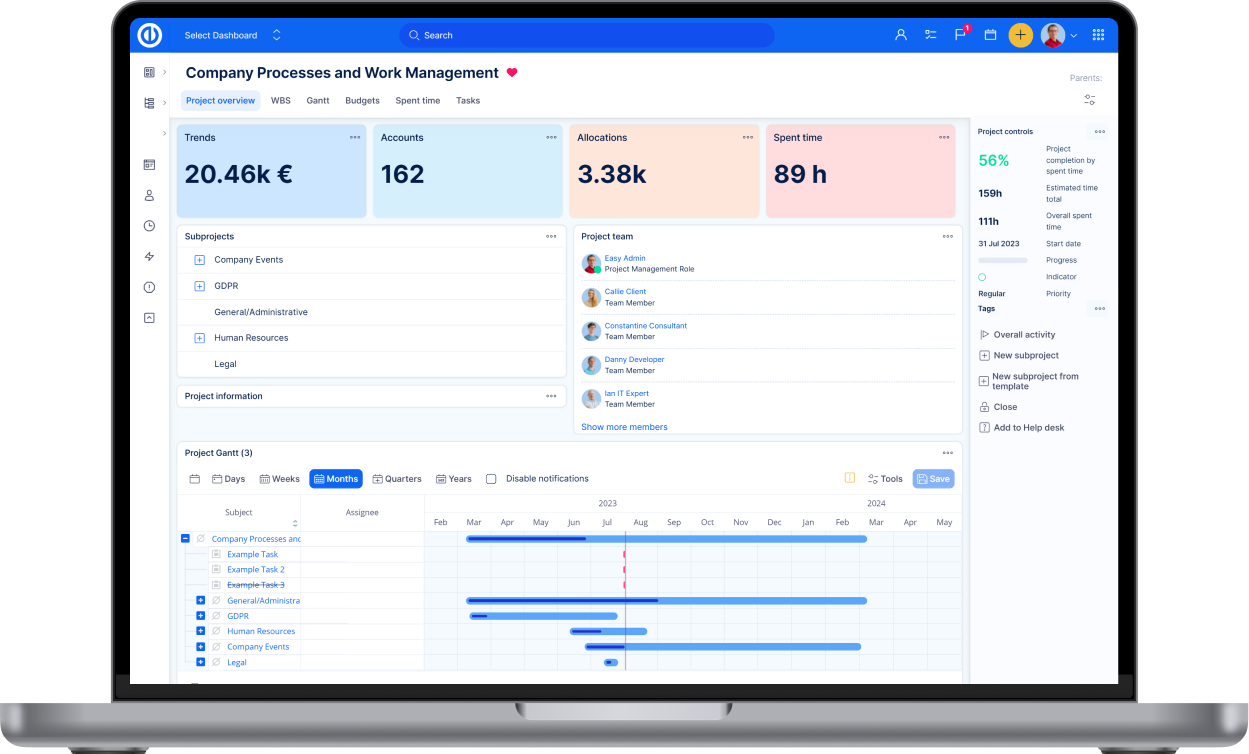What does accessibility mean in software?
Accessibility in software means creating digital products that everyone can use, including people with disabilities.
Principles of accessibility (as per WCAG):
- Perceivable: Content should be presented in ways that users can perceive (e.g., screen readers for visually impaired users).
- Operable: All functionalities must be usable through various input methods (e.g., keyboard navigation).
- Understandable: Information and user interfaces should be easy to comprehend.
- Robust: Content must work well with assistive technologies like screen readers or voice commands.
- Benefits beyond disabilities: Accessibility improvements often enhance usability for everyone by promoting better design practices, such as semantic HTML for SEO or simplified navigation.
- Legal and ethical responsibility: Many countries have laws mandating accessibility in digital products. Beyond compliance, it reflects good ethics and inclusivity.
